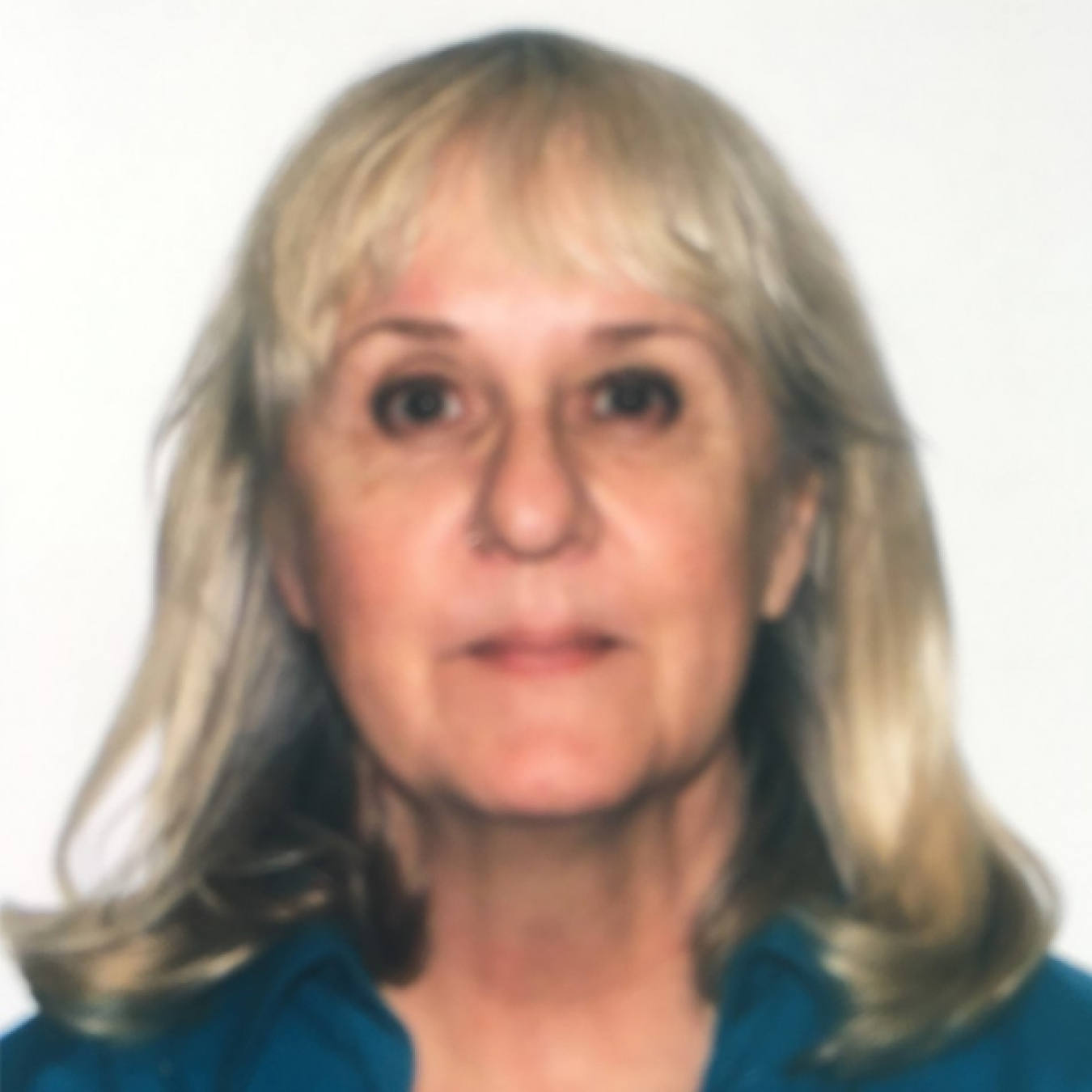Dark matter research requires large, sensitive detectors; Rupak Mahapatra helps to develop Texas A&M’s ton-scale, cryogenic semiconductor detectors.
May 1, 2020
WHAT DID THE 2010 EARLY CAREER AWARD ALLOW YOU TO DO?
Dark matter makes up most of the mass of the universe. It is believed to be made up of a yet-to-be-discovered stable, heavy particle that interacts very weakly with ordinary matter. There is an intense search worldwide to directly detect this particle using a variety of detector technologies. Due to the very weak nature of the interaction of dark matter with ordinary matter, large and sensitive detectors are required for discovery.
The DOE Early Career Award funded my proposal to develop ton-scale, highly-sensitive cryogenic semiconductor detectors, leveraging infrastructure already in hand. The award essentially changed the course and impact of my research work, enabling my group to establish a high-performance cryogenic semiconductor detector fabrication and characterization facility. This facility and the detector development efforts have allowed researchers working on the SuperCDMS experiment to substantially improve the quality and cost of the next-generation detectors for the experiment in SNOLAB. These advances have allowed utilization of the detector technology to detect neutrinos from a reactor or the sun using a coherent interaction process similar to how dark matter interacts with ordinary matter. This technology holds potential for many other applications such as nuclear non-proliferation through neutrino detection and medical imaging. The award also allowed me to attract strong graduate students, which has been instrumental in the success of the program.
Scientists running these detectors hope to unravel the mysteries of the universe, ranging from identifying the nature of the particles that make up dark matter to new physics in neutrino interactions.
ABOUT:
Rupak Mahapatra is a professor in the Department of Physics and Astronomy at Texas A&M University.
SUPPORTING THE DOE SC MISSION:
The Early Career Award program provides financial support that is foundational to young scientists, freeing them to focus on executing their research goals. The development of outstanding scientists early in their careers is of paramount importance to the Department of Energy Office of Science. By investing in the next generation of researchers, the Office of Science champions lifelong careers in discovery science.
For more information, please go to the Early Career Research Program.
THE 2010 PROJECT ABSTRACT:
Ton Scale Germanium: Beyond Zeptobarn WIMP Cross‐section
The currently favored explanation for the invisible "Dark Matter" that holds galaxies together is a new kind of fundamental particle: a Weakly Interacting Massive Particle (WIMP). These particles may be produced and detected in high‐energy particle collisions at the Fermilab Tevatron or the CERN Large Hadron Collider, but there are also many active searches underway to directly detect cosmic WIMPs interacting with normal matter. The extremely weak nature of the WIMP interaction dictates detectors that have extremely low naturally occurring radioactive background, a large active volume (mass) of sensitive detector material to maximize statistics, and a highly efficient rejection of any residual background.
To fully explore the possible WIMP parameters, we need to scale up from the current few-kilogram experiment to few-ton experiments. This proposal is a three‐pronged, phased approach to address all these issues through the research work of the Principal Investigator as a member of the Cryogenic Dark Matter Search (CDMS) collaboration, and the next generation proposals for 100kg‐scale SuperCDMS and ton‐scale Germanium Observatory for Dark Matter (GEODM) experiments.
RESOURCES:
R. Agnese et al. (SuperCDMS collaboration), “Search for low-mass weakly interacting massive particles using voltage-assisted calorimetric ionization detection in the SuperCDMS Experiment.” Phys.Rev.Lett. 112, 041302 (2014). [DOI: 10.1103/PhysRevLett.112.041302]
A.Jastram, H.R. Harris, R. Mahapatra, J. Phillips, M. Platt, K. Prasad, J. Sander, J.W. Suh, and S. Upadhyayula, “Cryogenic Dark Matter Search (CDMS) detector fabrication process and recent improvements.” Nuclear Instruments and Methods in Physics Research A772, 14 (2015). [DOI: 10.1016/j.nima.2014.10.043]
N. Mirabolfathi, H.R. Harris, R. Mahapatra, K. Sundqvist, A. Jastram, B. Serfass, D. Faiez, and B. Sadoulet, “Toward single electron resolution phonon mediated ionization detectors.” Nuclear Instruments and Methods in Physics Research A855, 88 (2017). [DOI: 10.1016/j.nima.2017.02.032]
DOE Explains… offers straightforward explanations of key words and concepts in fundamental science. It also describes how these concepts apply to the work that the Department of Energy’s Office of Science conducts as it helps the United States excel in research across the scientific spectrum. For more information on dark matter and DOE’s research in this area, please go to “DOE Explains…Dark Matter.”
Additional profiles of the Early Career Research Program award recipients can be found on the Early Career Program Page.
The Office of Science is the single largest supporter of basic research in the physical sciences in the United States and is working to address some of the most pressing challenges of our time. For more information, please visit www.energy.gov/science.
Sandra Allen McLean

Sandra Allen McLean ([email protected]) is a communications specialist for the Office of Science in the Office of Communications and Public Affairs. Sandra is responsible for identifying, curating, or creating lay-language content about Office of Science-funded research for DOE web sites, popular and trade media, and stakeholder education. She researches and writes the historical Milestone Tweets for the office Twitter account @DOEScience.
Sandra holds an associate degree in American Sign Language interpreting, a bachelor’s in science journalism and biology, and a master’s in Information Sciences. Her hobbies are sewing – especially costumes! – and lesesucht, compounded by extreme tsundoku.

